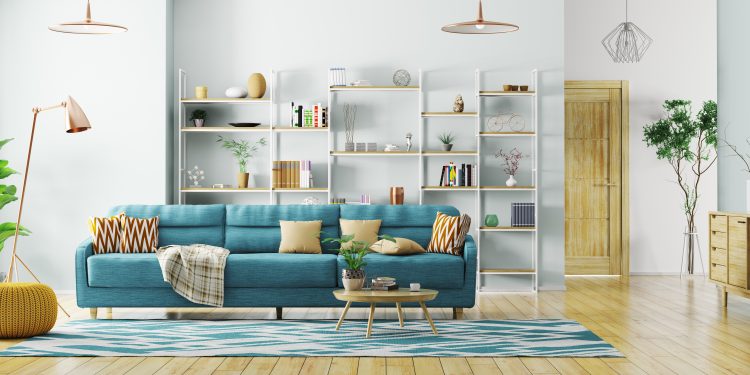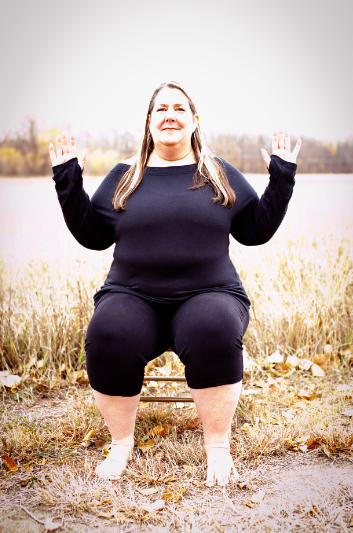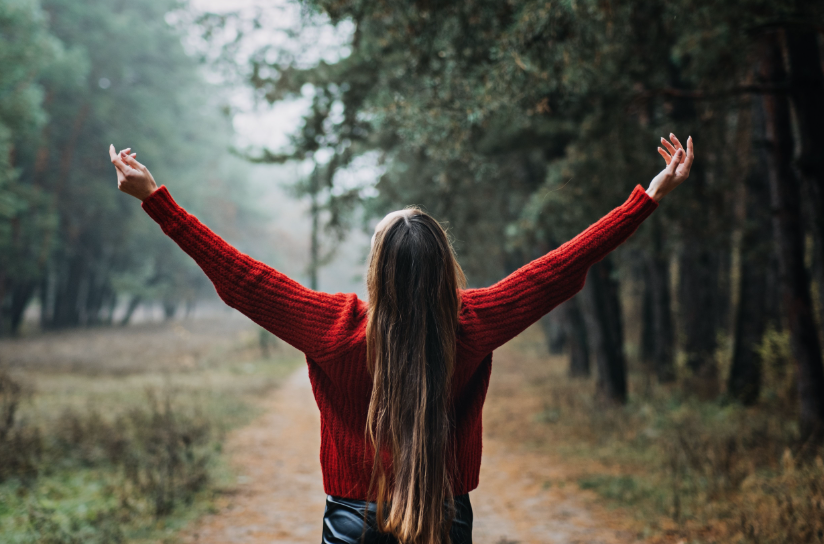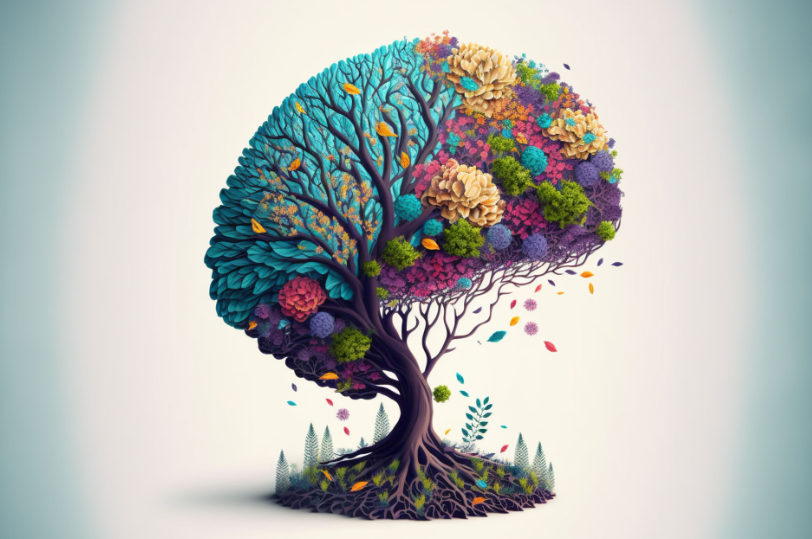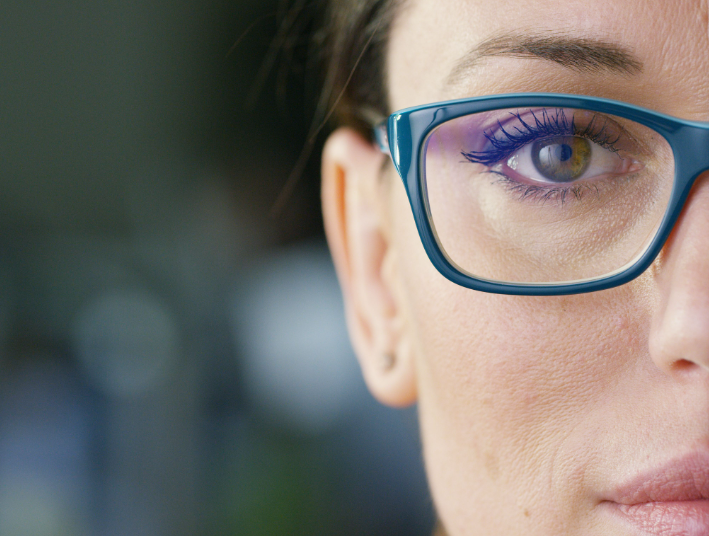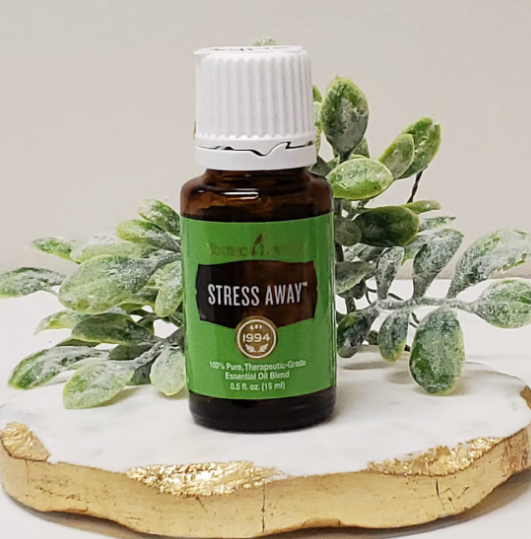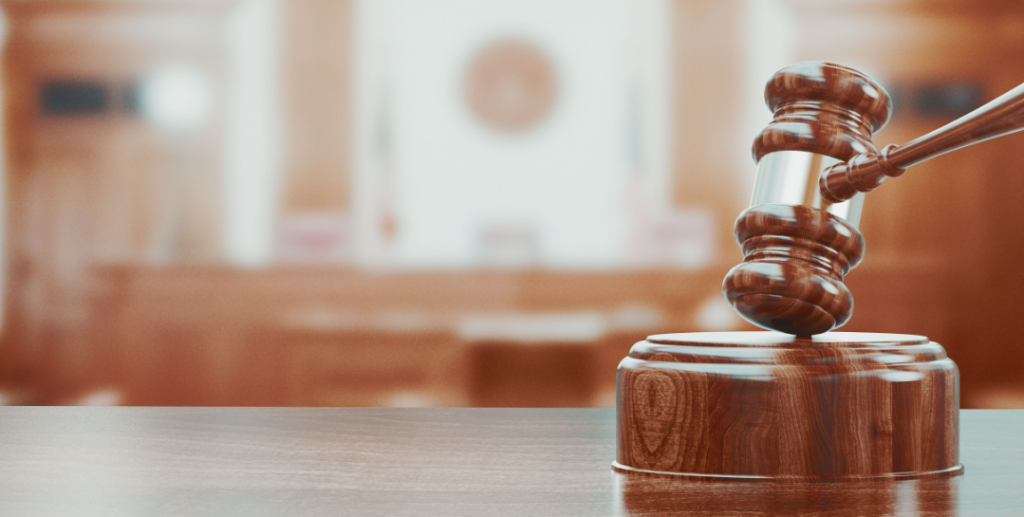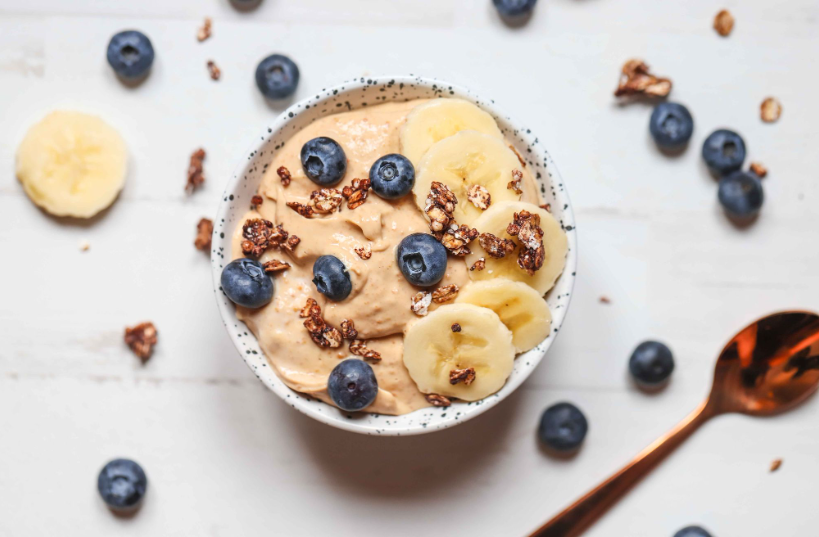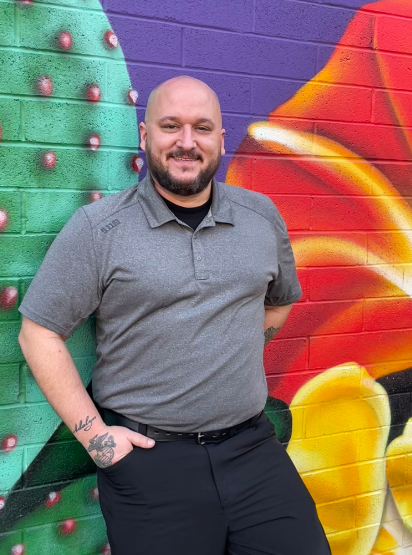Dr. Emily Reilly, MSOTR/L, ECHM
Brain injuries often have long-lasting effects that may not be visible to those around you. Once the acute injuries have healed and medical professionals deem you’re “recovered,” it can be challenging to resume daily life the way it was prior to the injury. When the physical rehabilitation is over, expectations are that you will resume the life you led prior to the onset of the injury. What people may not realize are the continuous and sometimes chronic challenges faced by a person with a brain injury, including dizziness, tinnitus (ringing in the ears), light and sound sensitivity, coordination impairments, and difficulty thinking clearly. The symptoms associated with brain injury often can have a negative impact on function and mobility, causing balance impairments and may even lead to frequent falls. Your home environment can be designed to improve your performance despite the unfavorable side effects caused by brain injury.
Home modifications, living in place, and aging-in-place are some of the latest “buzz-words.” Often associated with these terms, and accessibility, are grab bars, walk-in showers, and wider doorways. There are various certifications industry professionals and tradespeople can earn to learn how to make home improvements more accessible to the end user.
What many fail to realize are the benefits of a clinical skill set to optimize the relationship between an individual and their environment. Function and accessibility go beyond the basics of what has been marketed to us. Function, ease of use, and accessibility support how someone at any level, regardless of age, cognitive status, physical ability, or other physiological make-up, uses a space that is shared among many.
Although regulations, such as within the Americans with Disabilities Act and building codes, are set to uphold standards of inclusion and safety, there are instances in which some of the regulations are not applicable to a private residence, allowing flexibility and creativity to address the specific needs of an individual. Despite the fact that one user may have difficulty managing aspects within the home space, numerous options exist to improve how space and objects are used and allow everyone in the home to operate them without additional stress or strain. Incorporating aspects of universal design as well as taking into consideration the daily routines and preferences of the home’s residents can provide creativity and highlight style aesthetics without compromising safety and independence. Utilizing design features that enhance performance provide opportunity to minimize the negative effects of balance impairments.
Choosing features to minimize exacerbation of symptoms can be a key component in the optimal management of day-to-day tasks and can lessen the risk of falls, curbing medical costs associated with frequent doctor or hospital visits, and even decreasing the need for caregiver support in some instances. Below are the top three tips to consider when designing your space after brain injury to better manage balance issues:
- Minimize Noise:
- It can be easy to become distracted by external sounds, and even worse when experiencing difficulty focusing or constant tinnitus (ringing in the ears). When the brain has a difficult time processing, it may provoke symptoms. Throughout the entire home it is advisable to explore room by room and identify potential risks such as the constant tick-tock of a standard clock, the sound of the hot water heater turning on, the drone of the washer and dryer, and even the dishwasher. What is it like to listen to the water running from the faucets, the shower, and even the toilet flushing? Squeaky hinges on doors and cabinets, or slamming doors may cause problems. Taking time to become aware of your environment can help to identify triggers and provide the opportunity to choose replacement fixtures that minimize noxious sounds. Additionally, there are ways to include accessories such as drapes, pillows, and various materials that absorb and distribute sound. The less ringing in your ears and the less your body has to work to process extraneous sounds, the more you can focus on mobility.
- Light Things Up:
- Eyesight is a primary sense used in supporting balance. Ever notice a difference when standing with your feet together and your eyes open compared to your eyes closed? You may feel you tend to sway a bit more when your eyes are closed. Vision and balance match very closely together. Layering light throughout the home helps to accommodate the various activities we complete throughout a day. Completing another room by room self-assessment can help to identify areas that may benefit from alternative solutions. Things to consider when assessing light are the intended use and the result. Are there shadows or glare? Does the user experience eye strain or headaches? Is depth perception impaired? Inadequate lighting may contribute to error and injury. Automatic timers, motion sensor features, and broad-spectrum options may improve performance. There are different needs throughout the home: the kitchen will require different lighting concepts than the office or bathroom. Don’t forget the exterior entryways, illuminating walkways, thresholds, and doorknobs to improve ease of use.
- Elevate Your Reach
- Bending, stooping, twisting and turning are common motions we do throughout the day. Individuals suffering a brain injury may experience dizziness, nausea, ringing in the ears, headaches, and imbalance, which may be debilitating if provoked. Consider the layout and placement of the most frequently used items on a daily basis. Where are they located? What type of motions are required to retrieve or use those items? When bending and stooping or reaching overhead there may be postures that are constantly causing discomfort. To minimize unnecessary postural strain it would be advantageous to reorganize, declutter, and replace items that are not serving you in a functional way. Storage items including drop-down and roll-out shelves, deep drawers, adjustable height closet rods, and raised appliances are all solutions that limit dynamic postures that may exacerbate symptoms. Think about placing items within reach while seated and standing to offer a better indication of access for all members of the household as well as potential accommodations to limit unfavorable postures.
Whole-home design can take a great deal of time and investment. It is important to hire a team that understands your personal needs beyond the aesthetics in order to optimize function. Consider an open-concept design, minimize clutter, ensure adequate lighting, use contrast colors and limit the use of patterns. Be sure to implement slip-proof flooring and incorporate a design that promotes energy conservation, safety, and independence.
“Live Your Life with Purpose!”
Emily Reilly, DHSc, MSOTR/L, ECHM
Dr. Reilly is the Founder/CEO of Purposefully Home. With a background in occupational therapy, home modifications, and the person/environment relationship, Dr. Reilly works with individuals and their care teams to optimize the functionality of the home environment. www.purposefullyhome.com

